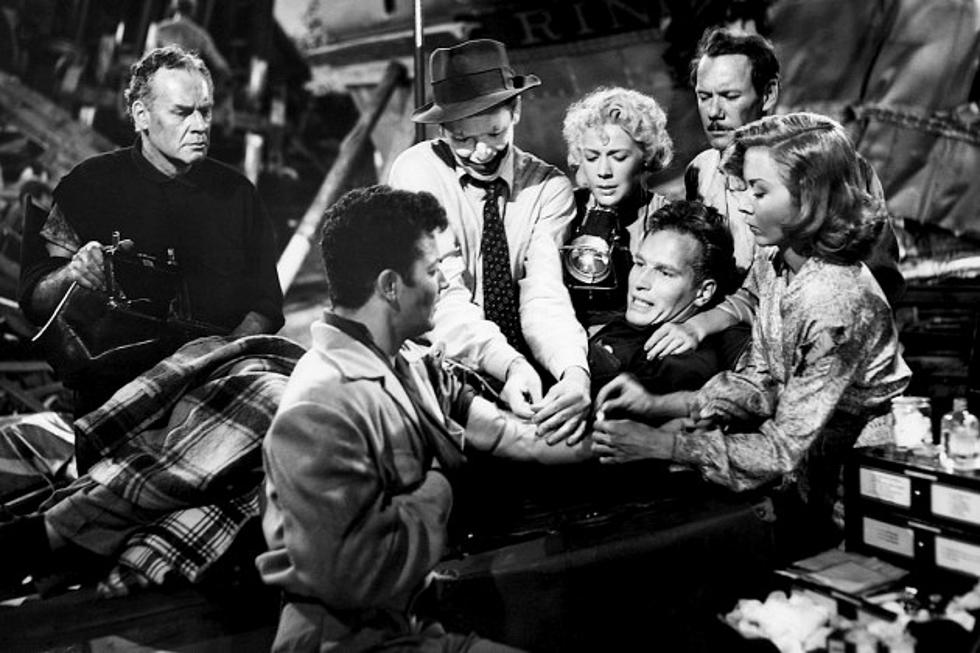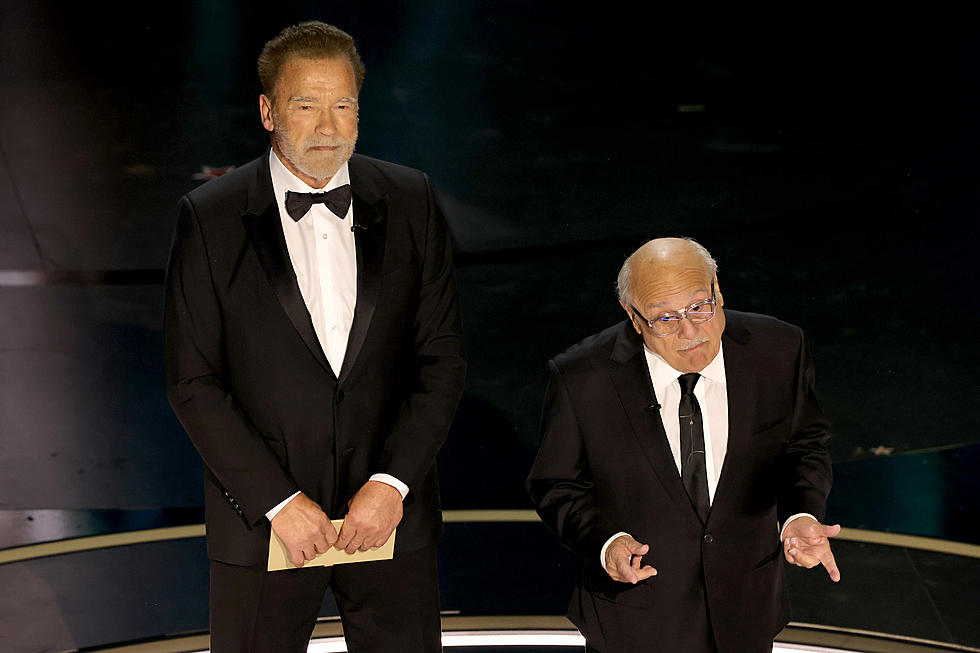
About That Time a Circus Movie Won the Oscar for Best Picture…
1952 was an incredible year for world cinema. John Ford directed The Quiet Man, Akira Kurosawa made Ikiru, Vittorio De Sica released Umberto D., and Orson Welles premiered his version of Shakespeare’s Othello at the Cannes Film Festival. Hollywood produced the great Western High Noon, the brilliant Hollywood melodrama The Bad and the Beautiful, and the classic musical Singin’ in the Rain.
And the following spring, the Academy Award for Best Picture went to a film about the circus.
The film was The Greatest Show on Earth by Cecil B. DeMille. Today, DeMille’s picture is widely regarded as one of the absolute worst to win the Best Picture Oscar, and it routinely tops (or bottoms) lists of dumbest Academy Award winners; it placed no worse (or better) than second in recent rankings by Buzzfeed, Rotten Tomatoes, Indiewire, and The Telegraph. According to the consensus, it’s a disaster; not only a bad Oscar winner, but a bad movie period.
But the consensus isn’t always correct. 1952’s consensus on Singin’ in the Rain held that it was only a decent film; it didn’t even receive a Best Picture nomination alongside The Greatest Show on Earth (the other nominees were High Noon, The Quiet Man, Moulin Rouge, and Stanley Kramer’s Ivanhoe). Today, Singin’ in the Rain is considered one of the greatest works in cinema history — a fact that surely prejudices people against The Greatest Show on Earth, because it’s the movie that won in its place. Canonically speaking, DeMille is a victim of his own enormous success.
The consensus in 1952 on The Greatest Show on Earth held that it was the superior film. It was Hollywood’s biggest hit of the year, and contemporary reviews were largely positive too; Variety called it “the circus with more entertainment, more thrills, more spangles and as much Big Top atmosphere as [Ringling Brothers] itself can offer.” The New York Times was even more enthusiastic; Bosley Crowther said “There may be some valid hesitation to tag it the greatest show on earth. But what is currently showing at the [Radio City] Music Hall is great.”
Times and tastes change. And while they might have shifted against The Greatest Show on Earth in the past, perhaps it is time they shifted back. Is it possible that The Greatest Show on Earth is better than its reputation? Could it be deserving of its Academy Award?
Yes and no, respectively.
Separated from its Oscar-ruining legacy and judged solely on its own merits, The Greatest Show on Earth is a solid production. There is a plot (or technically a bunch of intertwined plots involving various members of the circus), but mostly it’s just a grand spectacle, with long stretches of its 150-minute runtime given over to the Ringling Bros. and Barnum & Bailey Circus and its various acts. (My favorite: The dogs who can ride horses. Horse-riding dogs rule, all other animals drool.) The impressive cast includes Charlton Heston as Ringing Bros. general manager Brad Braden, with Betty Hutton and Cornel Wilde as competing acrobats, Gloria Grahame as an elephant trainer, and Jimmy Stewart as Buttons, a clown who never takes his makeup off (he has his reasons which I won’t spoil here).
Amidst all the daredevil and pageantry of the circus (and cameos from Bob Hope and Hop-along Cassidy), a love rectangle develops between Heston, Hutton, Wilde and Grahame. Heston loves Hutton, but loves the circus more; Hutton loves Heston, but is irritated that the circus comes first; Grahame loves Heston, but knows he prefers Hutton; Wilde, a notorious womanizer, has been with Grahame and now sets his sights on Hutton, which doesn’t sit well with Heston. And around and around they go.
The scenes that hold up best in 2015 are the ones featuring Hutton and Wilde as they flirtatiously compete to be the star of the show, and the owner of the circus’ prestigious center ring. Insisting on accuracy whenever possible, DeMille demanded his stars learn their characters’ circus jobs well enough to perform them convincingly on camera. That meant Gloria Grahame actually did almost get squashed by an elephant, and Hutton and Wilde trained as acrobats. There’s some phony-looking process shots, but there’s also plenty of genuinely terrifying footage of them (and their stunt doubles) performing incredible feats of bravery and balance on the trapeze. If this scene doesn’t make your palms sweat, it’s time to go to the doctor to get your integumentary system looked at.
There’s a persistent story that The Greatest Show on Earth won the 1952 Oscar for Best Picture because Hollywood was under increased scrutiny at the time from the House Un-American Activities Committee, and felt pressure not to vote for High Noon, which was based on a screenplay by a blacklisted writer. It’s very possible politics (and The Greatest Show on Earth’s lack thereof) played a role in its success. But that theory discounts the film’s enormous popularity in its day. The Greatest Show on Earth premiered in New York City on January 10, 1952, and traveled the country in limited engagements through the winter and spring. It grossed approximately $14 million in theaters (the equivalent of about $125 million in 2015), and won the Oscar on March 19, 1953. Few films today have that kind of staying power.
Striking stuntwork aside, The Greatest Show on Earth is most interesting now as a time capsule, a glimpse into the ways Hollywood has changed — or remained consistent — in the last 60 years. True, it’s impossible to imagine The Greatest Show on Earth receiving significant awards consideration in 2015. DeMille treats the circus like an enormous, fascinating organism, but he makes no larger claim to “importance.” The film’s not based on the life of a great man and doesn’t feature a showy or “courageous” lead performance (though Charlton Heston’s fedora and bomber jacket did help inspire the design of Indiana Jones).
As a whole though, The Greatest Show on Earth is not very different from the summer blockbusters of today. It’s star-studded and action-packed; heavy on jaw-dropping visuals and light on intellectual heft or emotional weight. For what it is, it’s good, and even impressive in its scale and dedication to authenticity. Admittedly, what it is doesn’t generally get nominated for Academy Awards, much less win the prize for Best Picture.
So maybe the Academy did get it wrong when they gave The Greatest Show on Earth their highest honor. On the flip side, the film absolutely deserved the Oscar for Best Costume Design, and it lost that one to Moulin Rouge. So let’s call it even.
The Greatest Show on Earth is currently available to stream on Netflix.
More From ScreenCrush









